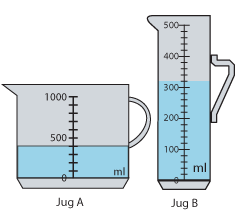Consolidation and practice
These resources are to support children in guided or independent work. Roll over the highlighted resources for a description.
Ruler
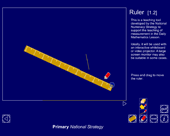
This interactive teaching program (ITP) is an ICT-based tool to support the exploration of measure. Ruler ITP allows the child or teacher to represent lines of various lengths and then carry out measurements, using the on-screen ruler.
Measuring cylinder
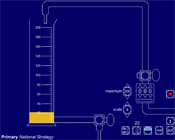
This interactive teaching program (ITP) is an ICT-based tool to support the exploration of number, measures and problem solving. Measuring cylinder ITP allows the child or teacher to simulate varying intervals on a scale, pouring liquid into the cylinder and interpreting the scale. The ITP can be used to explore and consolidate the interpretation and reading of scales, mental calculation strategies and methods of recording.
Polygon
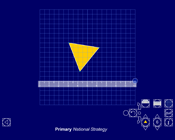
This interactive teaching program (ITP) is an ICT-based tool to support the exploration of shape, space and measure. Polygon ITP allows the child or teacher to represent regular polygons with three to ten sides. The ITP can then be used to explore the properties of regular and irregular shapes by dragging vertices and creating additional vertices. The ITP includes an on-screen protractor and ruler.
Measuring scales
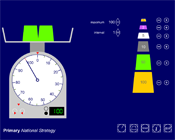
This interactive teaching program (ITP) is an ICT-based tool to support the exploration of number, measures and problem solving. Measuring scales ITP allows the child or teacher to add different masses of 1, 2, 5, 10, 50, 100 and 500 units to a scale pan. The scale intervals can be changed to challenge children to interpret different scales.
Thermometer
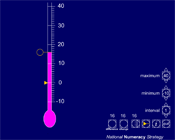
This interactive teaching program (ITP) is an ICT-based tool to support the exploration of number and measures. Thermometer ITP allows the child or teacher to display a thermometer whose scale, range and interval markers can be changed. It can be used to develop children's understanding of scales and negative numbers in the context of temperature.
Opportunities to use and apply
Possible contexts include practical experience at home and school, for example:
- following a recipe, using precise measurements for mass and capacity or volume;
- measuring the growth of plants in a science experiment;
- recording temperatures in the classroom over a day to monitor changes;
- measuring jumps or throws in PE.


 Measuring
Measuring





